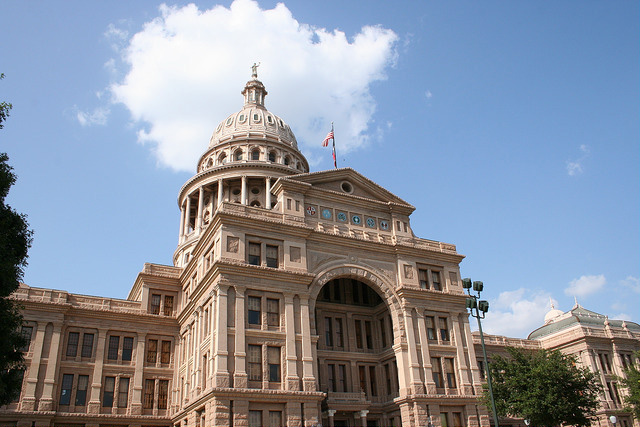
Since October, Texas (along with the rest of the world) has become a much different place. And just nine months after he projected a budget surplus for 2021, Comptroller Glenn Hegar this week said the state is now facing a projected deficit of more than $4.5 billion.
The comptroller updated the state’s Certification Revenue Estimate on Monday, citing “economic contraction associated with the spread of COVID-19 and recent volatility in oil markets” for the new outlook. He cautioned that the new projections included assumptions about the economic impact of COVID-19, “the duration and effects of which remain largely unknown.”
The projected 2021 surplus of $2.89 billion in Comptroller Hegar’s October 2019 estimate tumbled to a projected $4.58 billion deficit in this week’s update. That includes a nearly 10% drop in general revenue-related funds available for the 2020-21 budget cycle, down to about $110 billion.
However, the state’s Economic Stabilization Fund, known informally as the “rainy day fund,” would have enough money to cover the state’s anticipated shortfall. Comptroller Hegar projects the rainy day fund to end fiscal year 2021 with $8.79 billion.
The projected deficit comes as the Health and Human Services Commission (HHSC) and other state agencies identify where to cut their budgets by 5% for this year and the next. The budget directive is a response to the drastically low state tax collections during the COVID-19 pandemic.
The directive from Gov. Greg Abbott, Lt. Gov. Dan Patrick, and House Speaker Greg Bonnen exempts benefits and eligibility for Medicaid, the Children’s Health Insurance Program (CHIP), and behavioral health services from budget cuts. However, not all health care programs were spared, resulting in HHSC proposing reductions to women’s health services and Early Childhood Intervention programs. As of this writing, the proposed cuts have not been approved.
The Texas Medical Association and dozens of state specialty societies urged HHSC in June to protect physicians’ Medicaid payments and women’s health programs from its cuts.
“The federal government has provided significant funding to help state and local governments cover costs associated with COVID-19, but not to replace tax revenue lost as businesses were forced to close or reduce capacity to help slow the virus’s spread,” Comptroller Hegar wrote in a letter to state leadership explaining the new projections. “As of this writing, no additional federal legislation has been enacted extending benefits or providing more flexible assistance to states, and therefore this forecast does not assume any such assistance.”
TMA and the American Medical Association continue to advocate vigorously that Congress allocate additional dollars to states, including increasing Medicaid federal funding, to prevent deep funding cuts and layoffs.